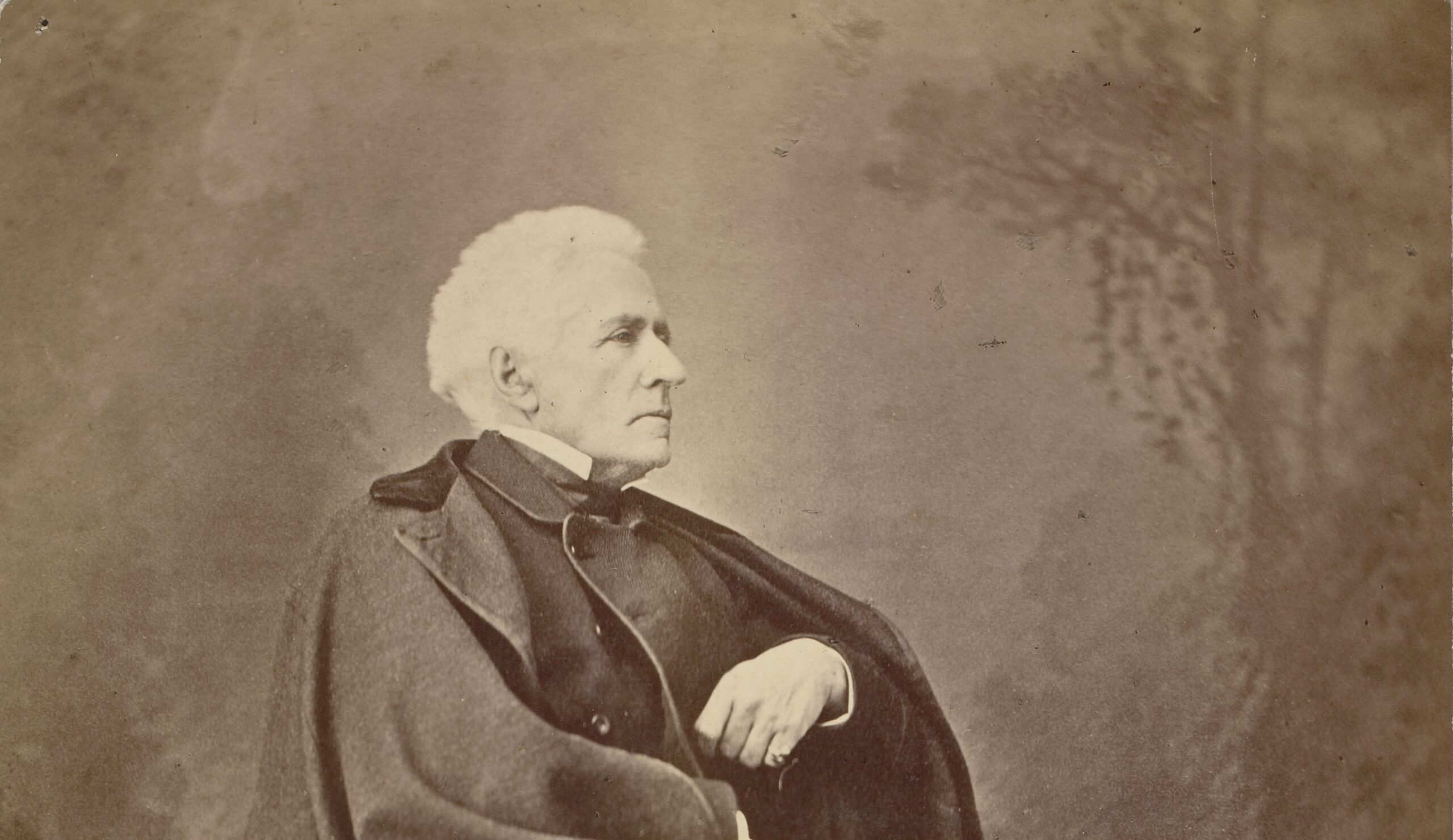He carried out the first measurements in Australia, discovered the Snowy Mountains, the highest range of the Great Dividing Range, and named the highest peak in Australia Mount Kosciuszko in honour of the Polish general. Meet Count Paweł Edmund Strzelecki.
by Piotr Bejrowski
On 15 February 1840, Paweł Edmund Strzelecki became the first person to stand atop the highest mountain of continental Australia. In his report on this journey, he wrote: ‘The peculiar appearance of this peak struck me so strongly by its resemblance to the mound in Krakow, raised on the grave of the national hero Kościuszko that, although in another country, in a foreign land, but among a people cherishing and defending freedom, I could not refrain from naming the mountain Mount Kosciuszko’.
This famous traveller and scientist was born in Głuszyna near Poznań in the then Prussia-controlled section of partitioned Poland, in 1797. That very year, in St Petersburg, representatives of Russia, Austria and Prussia signed a convention on the final approval of the partition, which referred, inter alia, to the ‘completed annihilation of this political body’, i.e. the Polish-Lithuanian Commonwealth. Three years earlier, the father of the future explorer, Franciszek, a representative of a noble family of diminishing importance, had taken part in the Kościuszko Uprising, hence the memory of Tadeusz Kościuszko, the leader of the insurrection and Polish national hero, was cultivated in the Strzelecki family.
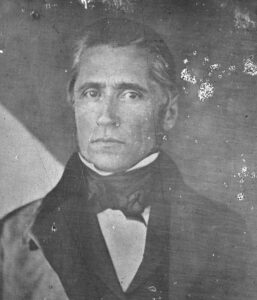
Between 1814 and 1817, Paweł Edmund lived in Krakow, after which he returned to Wielkopolska (Greater Poland) and joined the Prussian army. A year later, he resigned and took up a teaching job. He subsequently managed the estate of the magnate Franciszek Sapieha in present-day Belarus. It is known that he visited Krakow again in the 1820s, as he remembered the mound erected in 1823 in memory of Kościuszko. Following Sapieha’s death in 1829, Strzelecki finally left the Polish territory. He stayed in France, England, Spain and Italy, among other places. He developed an interest in geology and geography. He was self-taught, but furthered his studies in geology. Finally, in Liverpool in June 1834, he began his voyage around the world.
The first stop of the expedition was New York. Inter alia, he conducted mineralogical and geological research in the Appalachians. His most important achievement in North America was the discovery of copper ore in Canada, at Lake Ontario, in 1835. A year later, he reached Brazil, where he observed the cruelty of the slave trade. He wrote in his book: ‘The slave trade is the stigma that the sordid pursuit of profit has stamped on European civilisation – it is one of the greatest horrors that have resulted from our contact with indigenous tribes’. He went on to state the following: ‘May those who see in the very principle of slavery nothing unworthy of the legislation of our age, reflect on the misery of individuals that slavery brings, and the feelings of horror they must experience, should be enough to reject the arguments of false and trumped-up logic’. During his stay in this part of the world, he carried out ethnographic research among the Indians, in addition to geological observations. He witnessed the execution of more than a hundred Indian chiefs by Argentine dictator Juan Manuel de Rosas.
He then crossed the Andes to Chile, where he continued his research, inter alia, in the Atacama Desert. From this country, in September 1837, he set off on a ten-month voyage along the American coast. Thus, he also visited Central America. A year later, he went on to explore the islands in the Pacific – the French Marquesas and the then independent Hawaii.
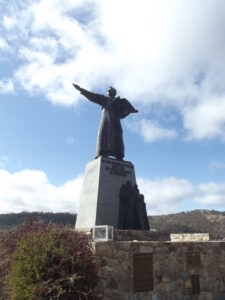
On the island belonging to the latter archipelago, now known as the Big Island, he explored the Kilauea volcano and authored the first scientific studies of Hawaii. Further stops on his nine-year round-the-world voyage included the still-sovereign island of Tahiti, the archipelago of Tonga and New Zealand, from where he sailed to the most important destination of his expedition, Australia, in April 1839.
Contrary to many opinions, for Strzelecki, the British territory did not prove to be ‘the most demoralised colony the history of the world has ever known’. Having secured the support of the local elite, he set off for the continent in July. He was one of the first to report on the gold deposits in the Blue Mountains, which formed the basis for the gold rush in the mid-19th century. During his travels through the Great Dividing Range, he explored its highest part, the Snowy Mountains, with Mount Kosciuszko at 2,228 metres above sea level. According to Strzelecki, this region was ‘for the most part unknown, untouched even by the foot of the white man’. The Polish explorer also travelled to such locations as the springs of the Murray River (the longest river in Australia) and Gippsland east of Melbourne (named by the traveller after the governor of Gipps Island at the time). When provisions ran out, the expedition ran into great difficulties (before reaching its happy end in Melbourne). In one letter, Strzelecki referred to himself as ‘looking like a skeleton, covered in rags, almost without trousers or shoes’.
The next stage of his expedition was Tasmania (then called Van Diemen’s Land), where he sailed in July 1840 and, as for Australia’s New South Wales, made a geological map of the areas to be explored. The governor of the island at that time was John Franklin, whom the Pole befriended. Upon his return, the geologist travelled to the north of the continent and explored the present-day state of Queensland. Finally, with his health deteriorating, Strzelecki left Australia in April 1843, where his four years of research had contributed to the further colonisation of large swathes of the British colony. He completed his journey in London on 24 October, but before reaching London, visited and explored the islands of present-day Indonesia, Guangzhou and Hong Kong, Singapore, Cairo, Alexandria, Malta and Algiers, among other places.
In 1845, Strzelecki published his opus magnum, Physical Description of New South Wales and Van Diemen’s Land, which brought him recognition in the scientific world. Copies of the book were given to Charles Darwin and John Franklin, among others, the latter disappearing a few months later in a fatal polar expedition. Almost until the end of the 19th century, it was the primary reference study on the geography of Australia. The researcher received a gold medal from the Royal Geographical Society for it, and was also the first Pole to become its member.
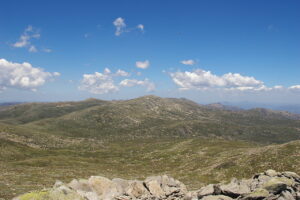
Strzelecki was then sent to Ireland, which was under British rule at the time, where he attempted to halt the effects of the famine between 1847 and 1849. As a Catholic of Polish origin, he inspired the confidence of the locals and, although the disaster continued for several more years, he recorded some successes. At one point, he had dozens of officials under him who, as the traveller had intended, coordinated a feeding programme focused on children (previously the focus had been chiefly on adults). The Pole criticised the previous arrangements, and involved both Catholic and Protestant clergy to support those in need. In recognition of his services, he was one of the first civilians to be awarded the British Order of the Bath.
While in Ireland, the Polish explorer contracted typhoid fever. He would suffer the effects of this disease for the remainder of his life. He devoted the whole of 1850 to medical journeys around Europe. In Great Britain, whose citizenship he accepted, he enjoyed widespread recognition and respect. He received an honorary doctorate from the University of Oxford, participated in a secret mission during the Crimean War, and finally received a knighthood from Queen Victoria in 1869.
On 6 October 1873, he died of liver cancer in London, where he was buried. In 1997 his remains were exhumed and moved to the crypt of the distinguished in St Adalbert’s Church in Poznań. That very same year, the Geographical Names Board of New South Wales changed the previously valid name of Mount Kosciusko to Mount Kosciuszko, closer to the original.
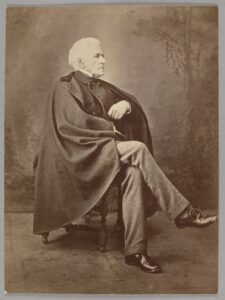
Paweł Edmund Strzelecki was undoubtedly one of the most outstanding Polish and European travellers and explorers. He set foot on every continent except Antarctica. His pioneering exploration of Australia was a milestone in learning about that continent. Today, more than twenty places bear his name there, including a mountain range, peaks, a lake and a river. Conquered by the Polish traveller, Mount Kosciuszko is one of the largest ‘monuments’ reminding the world of Poland and its national hero.
Australians have not forgotten the achievements of the outstanding explorer. A desert and a river in South Australia were named after him, and, on Flinders Island in Tasmania, there is Mount Strzelecki, 756 metres above sea level. Furthermore, since 1972, Strzelecki National Park exists there. By a resolution of the Polish Sejm, 2023 has been declared the Year of Paweł Edmund Strzelecki.
Author: Piotr Bejrowski
Translation: Mikołaj Sekrecki

